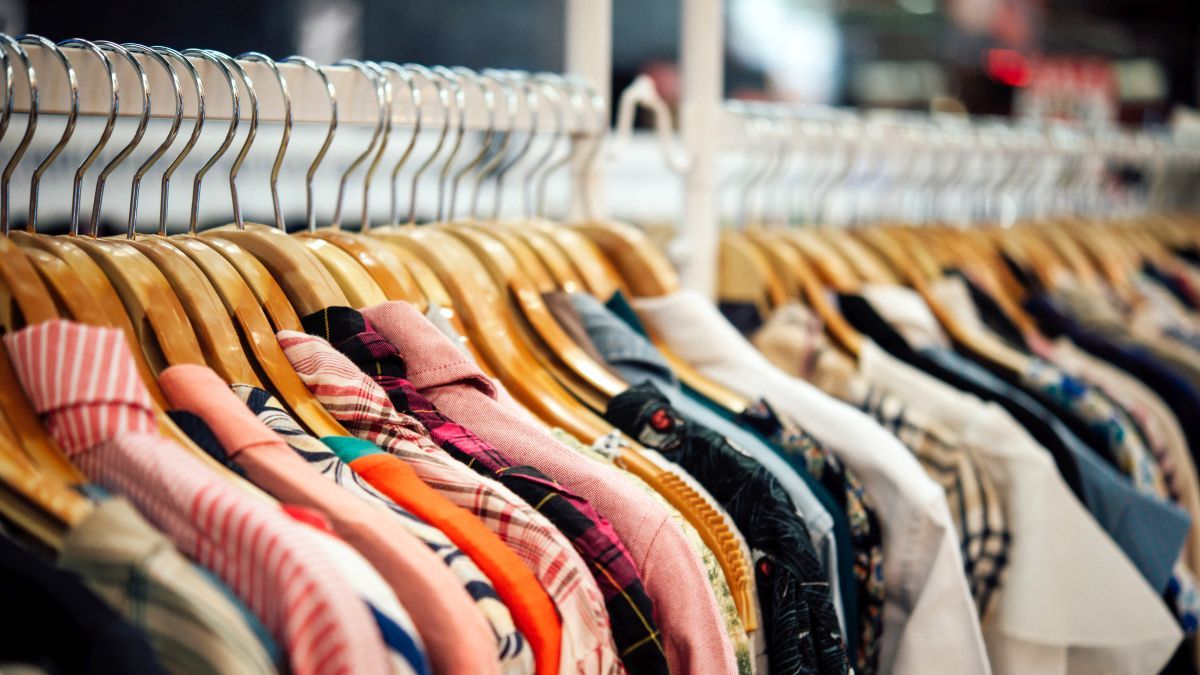“The latest data on industrial activity show that the textile and clothing sector, one of the most affected by the pandemic due to low circulation, exceeds pre-pandemic levels in production,” says the work of the center directed by Daniel Schteingart.
In terms of production, the total manufacturing industry grew 15.4% between March 2022 and March 2019, pre-pandemic period. Disaggregated by productive sector, one of the biggest rises is led by textiles, clothing and leather, growing 21.8% in the same period. “The recovery was earlier in the textile link and more recent in the clothing link, which in March 2022 had the highest level of production in four years, with an increase of 16.6% compared to March 2019,” explains the document. .
It also highlights the numbers regarding employment. “The sector started 2022 with more than 92,000 formal private employees, and grew 5% compared to 2021, the tenth consecutive year-on-year increase after having experienced more than four years of contraction”, highlights the CEP XXI. “In January, the seasonally adjusted measurement of employment expanded 0.5% per month, chaining thirteen months of successive increases,” he adds.
In the total number of industrial companies, the increase in Job positions between 2022 and 2020 was 5.8%. But the variation is almost double in the case of textiles: 9.7% in the same period. Of 24 productive branches, textiles is in seventh place in the sectors that created the most jobs in absolute terms. Between 2022 and 2020 there were 4,792 formal salaried jobs. However, the worst position is for clothing: 1,691 jobs were lost between 2022 and 2020, a drop of 4.2%.
Protectionism and prices
The questions arose as a result of the prices. In April, clothing and footwear led the sector with the highest increases, rising 9.9%. Although March and April are usually months of high seasonality due to the change in season, the same occurs with the year-on-year data: lead the increases with a rise of 73.4% (same as restaurants and hotels), against an inflation of 58%according to the Indec.
Although the claims are public in the case of the political opposition, the debate also took place in the background within the economic team, although it was settled. This was stated by a senior government official before Ámbito’s consultation: “High levels of protection generate higher levels of prices. But there are also problems with supplies and rising commodities, in a sector that was destroyed and is now collapsed with production at the limit.” Cotton, a key input, climbed 73.4% in dollars in the last year.
Along the same lines, a clothing businessman stated: “The import opening does not affect us companies, we turn around and start importing local production and at a lower price, the affected would be the workers”.
The report from the Ministry of Productive Development also refers to foreign trade: “The sector recorded the highest trade deficit for a first quarter since 2018”, he assures. Exports were US$51.5 million (+1.7% year-on-year), against imports that climbed to US$395.9 million (+54.5%).
In addition, there are fewer and fewer companies involved in foreign trade. In 2021 there were 786 exporting companies in the sector, 42 more than in 2020, but 55 less than in 2019. In terms of imports, there were 3,870 importing companies in 2021, that is, 577 less than the 2018 data. first quarter of 2022 show an increase in the number of importing companies, with more than 80 versus the same period of 2021, as published by the CEP XXI based on Customs.
Source: Ambito
David William is a talented author who has made a name for himself in the world of writing. He is a professional author who writes on a wide range of topics, from general interest to opinion news. David is currently working as a writer at 24 hours worlds where he brings his unique perspective and in-depth research to his articles, making them both informative and engaging.




